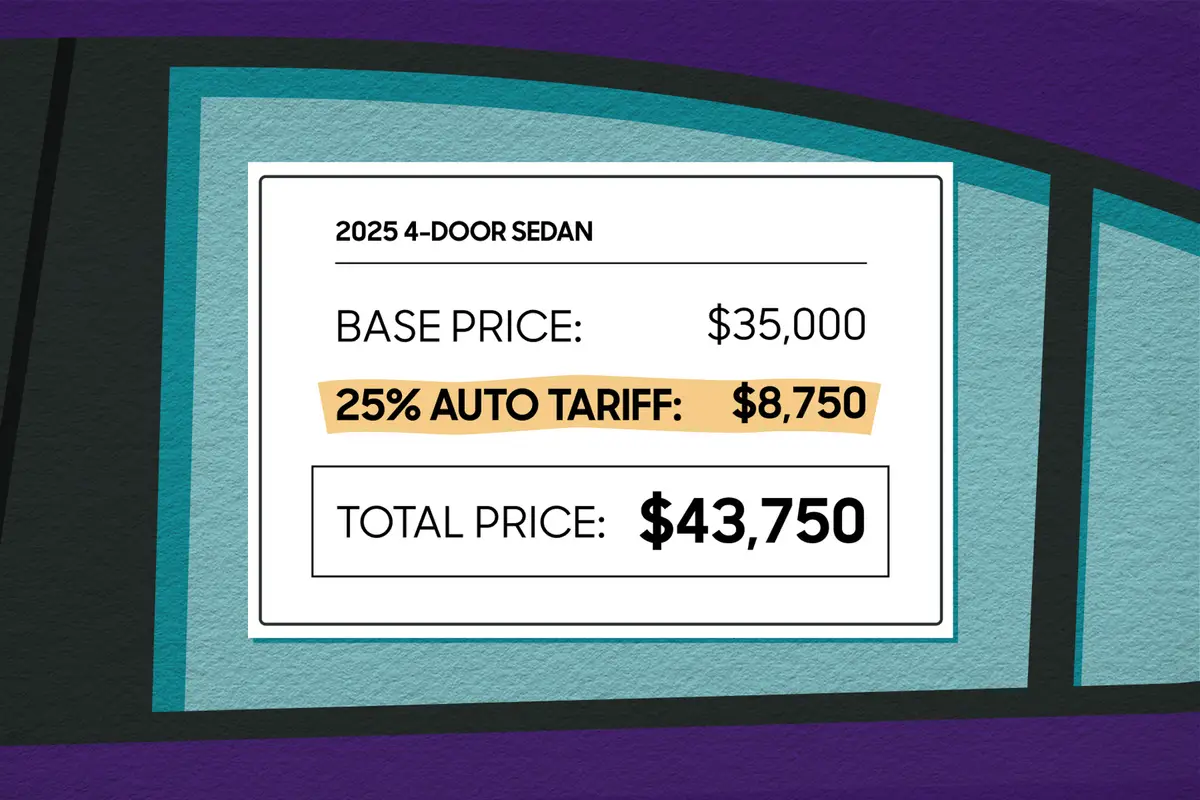Boston.com's view
To butcher a popular phrase, “X marks the sport.”
That is because in today’s world of sporty cars — from affordable tuner-uppers to sizzling, off-the-production-line screamers — an X in the brand name often denotes sportiness: WRX, X-Type, NSX, ZX, XKR.
Add to that list Acura’s replacement for the long-toothed Integra, the RSX. Particularly add to that list the RSX Type-S. This is one shrieking, luxurious, under-$25,000 performance vehicle.
That said, it is not something that would be noticed from outer appearances. The RSX, in both base and S versions, is a simple wedge. There is no insouciant flip of spoiler at its tail; no bulging fenders; no hump in the hood. It is a clean wedge, nose down, tail up, sitting atop wonderful engineering.
It is wider (just over an inch), taller (about 2 inches), stiffer (tougher body structure), and safer (seat-mounted side air bags are standard) than the old Integra, whose lifespan ran from 1994-2001. It is also better engineered.
It comes with an aluminum 2.0-liter inline four, transverse-mount engine that produces a respectable 160 horsepower in the base model and a remarkable 200 horsepower (that’s 100 horsepower per liter!) in the S-Type, which I tested. It’s not the Honda S2000, but with 8,000 rpms, it has that same car-as-motorcycle feel the sports car delivers.
The base model relies on the VTEC engine, with continuously variable timing at its heart. Basically, this system operates with a sensor watching the cam and, according to rpms, adjusting valve lift. The lower the rpms, the lower the valve lift and shorter its duration. More rpms means higher lift, longer duration. The iVTECH in the S-Type, however, incorporates a second cam to enhance power, particularly at lower revs.
What this gives you is not only the classic high-end power of a screaming Honda engine, but some serious pull at the lower end — meaning, for instance, that you can push for power in third coming out of a corner, and the car will leap ahead with no lag.
The power plant is mated in the base car to either a five-speed manual or five-speed automatic with sport option. In the S-Type, thankfully, a six-speed manual is the only option, and what a transmission it is. I loved the rapid-click transmission that comes in Acura’s $90,000 NSX, and this one comes very close to being as tight and smooth. That is saying something for a tranny in a $25,000 car.
Further, the S-Type, with its transverse mount power plant, manages to deliver all its power to the driving front wheels with no sense of torque steer.
It is a very rigid car, smooth on the highway, knifelike in cornering, with struts up front for suspension and double wishbones in the rear. The stiffness in corners was a bit disconcerting at first since I thought I was losing some feel for the road as the car seemed stiff even as I got a sense of slight but squishy understeer. Then it dawned on me — this car was outdriving its tires. Give it bett er rubber and it would be a better car.
Traction control is not an option but the front-wheel-drive tracks well, and there is no need to fear punching the S-Type into full acceleration out of a corner.
Its combination of stability, sportiness, and traction make it an ideal car for any who want performance but also want to cope with New England winters.
There are virtually no options on the S-Type. You get leather seats, power windows, sunroof, filtered air conditioning, a fine sound system, and leather-wrapped steering wheel.
Those seats are nearly race quality, with firm thigh support, excellent lumbar support, and rigid bolsters that grip you in corners. The gauges are black-on-white by day, glowing red on black at night. Knobs for climate control are big and at center-dash, and the audio controls are mounted in a pod that slopes down from the dash and toward the shifter.
The view from the driver’s seat is excellent, as the nose drops quickly ut of view. Headroom up front is ample, as is the legroom there. Rear legroom is adequate and, in an odd touch, the descending hump that makes space for the sliding sunroof means that rear-seat passengers need to sit well back to regain headroom where the roof goes back up.
The space beneath the hatchback, while not voluminous, is still plenty for two folks to carry all they would need on a long vacation.
In dumping the Integra and moving on to the RSX, Acura has put itself firmly in the midst of some excellent and sporty company. I’d rank it somewhere between the Volkswagen GTI and Toyota Celica and the Audi TT. That would be among such automotive luminaries as the BMW 3-series, the Audi A4, and the Mercedes C230 Kompressor.
Nice touch
Not only does the shifter shift great, it looks great — leather wrapped around a brushed metal handle.
Annoyance
The driver’s-side seat has no release that a rear passenger can reach to let himsef out.
2002 Acura RSX
Base price: $23,700
Price as tested: $23,665
Horsepower: 200
Torque: 142 lb.-ft.
Wheelbase: 101.2 inches
Overall length: 172.3 inches
Width: 67.9 inches
Height: 55.1 inches
Curb weight: 2,820 lbs.
Seating: 5 passengers
Fuel economy: 26.9 miles per gallon
SOURCE: Acura Division, Honda Motor Corp.; fuel economy from Globe testing.
Latest news



